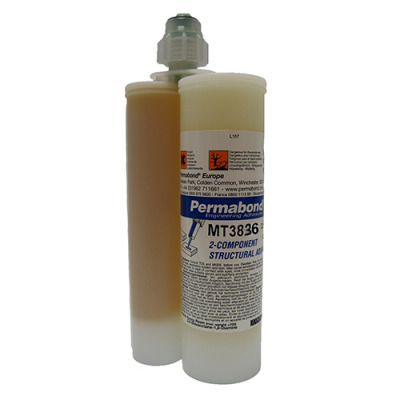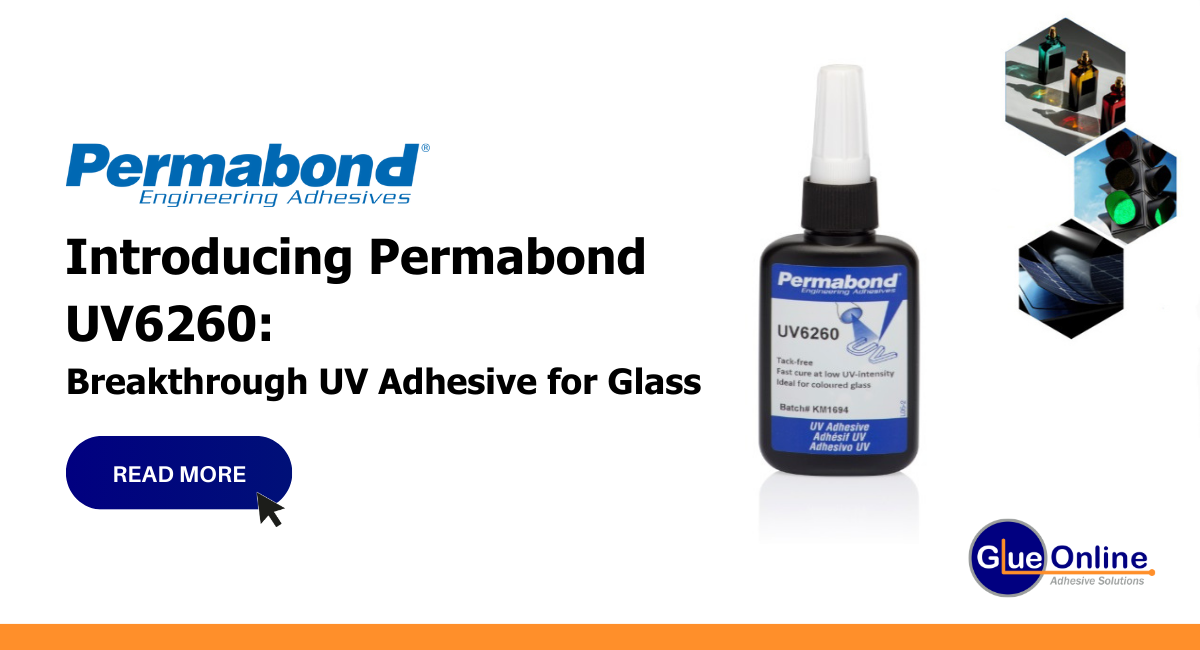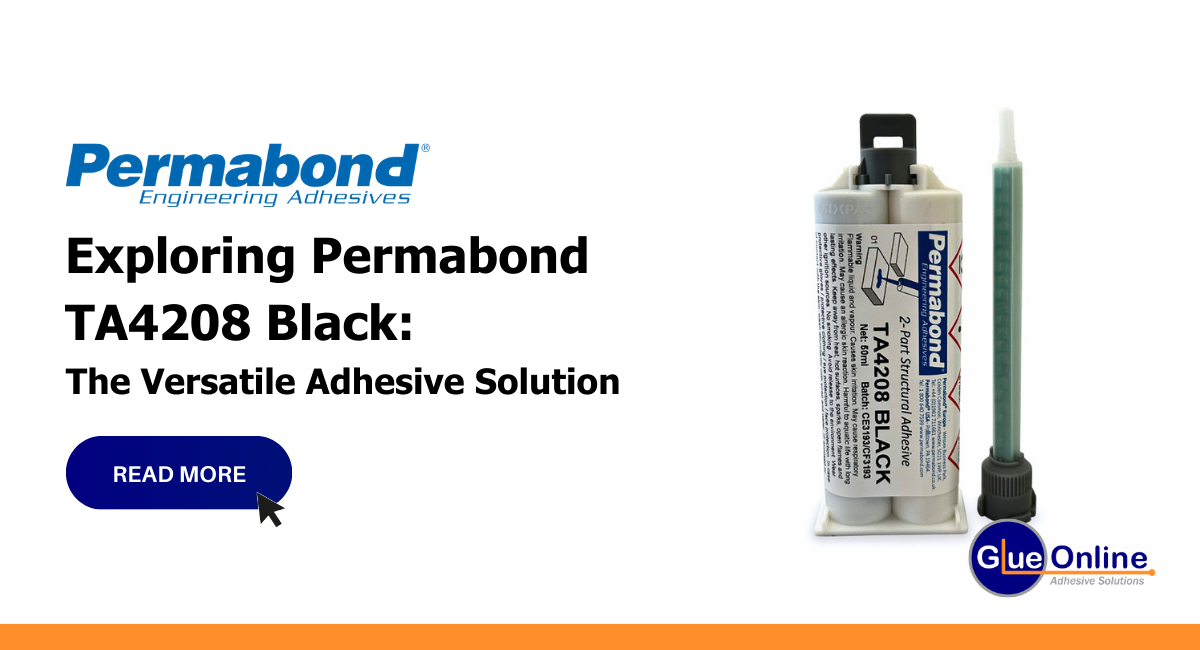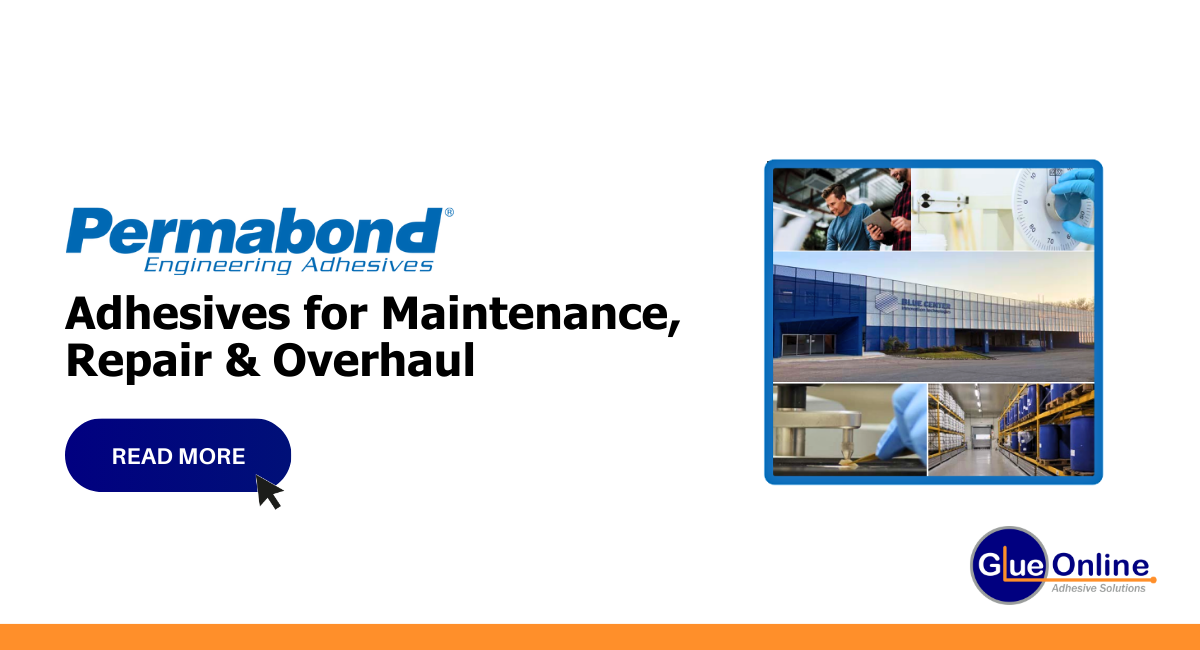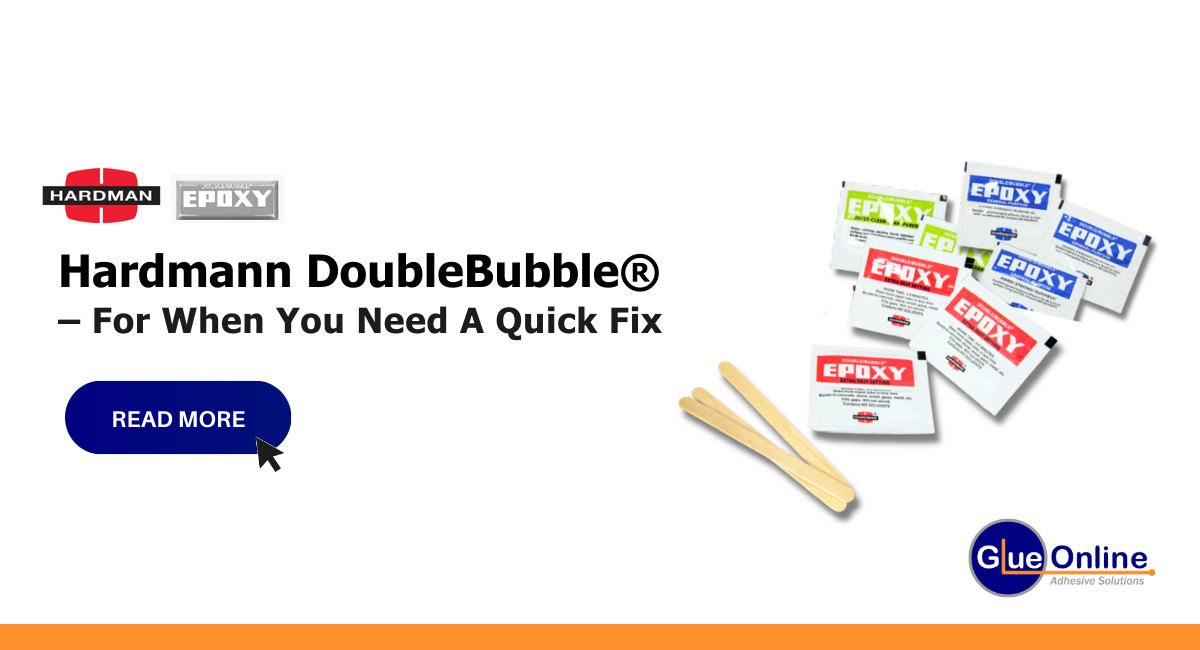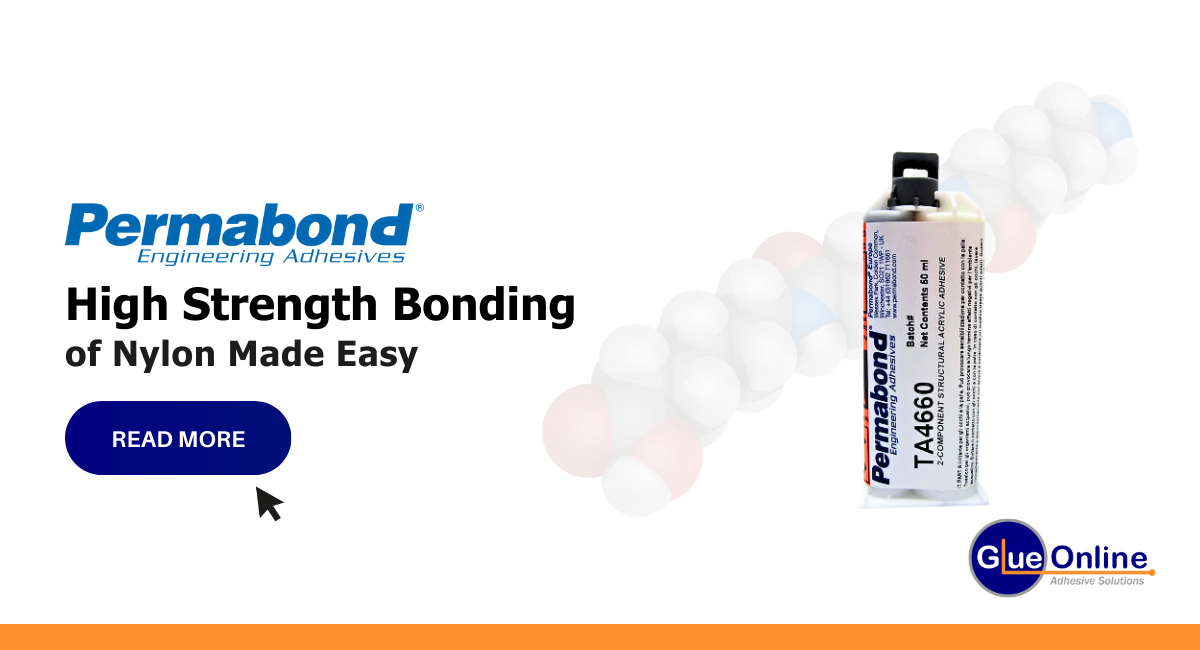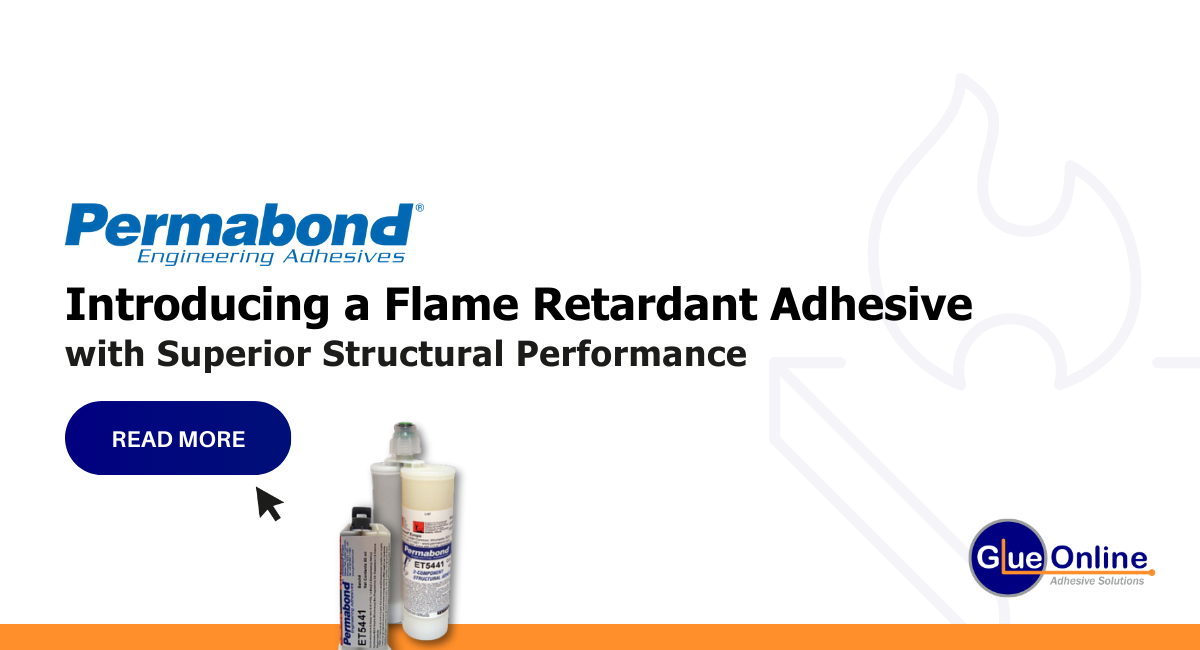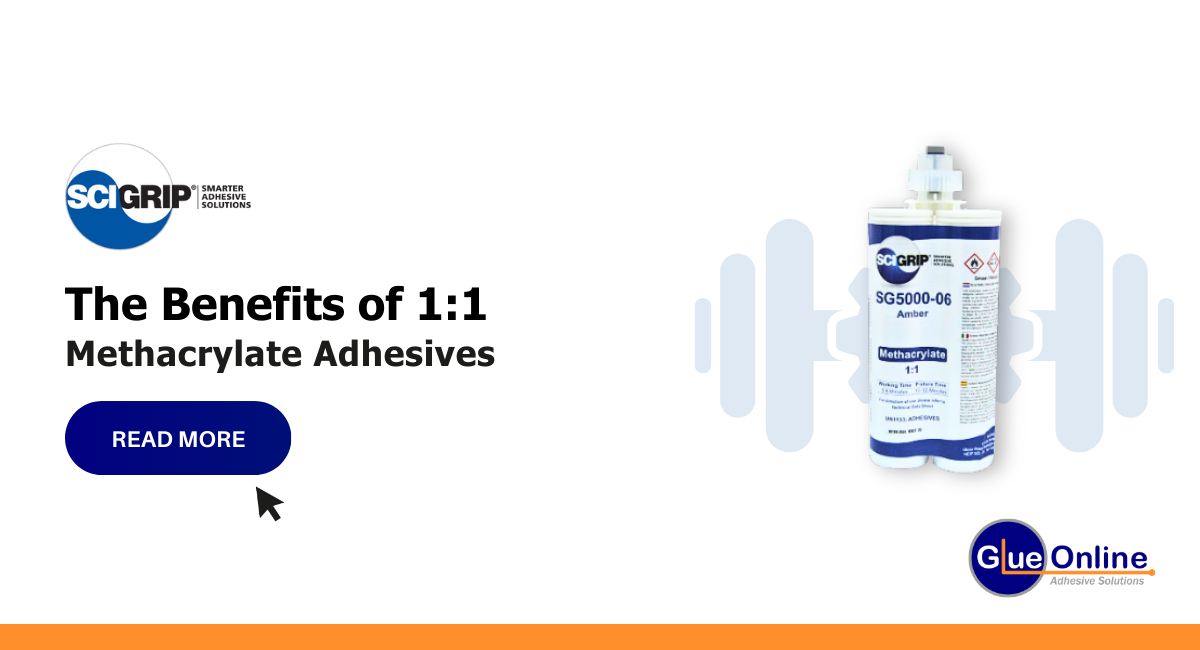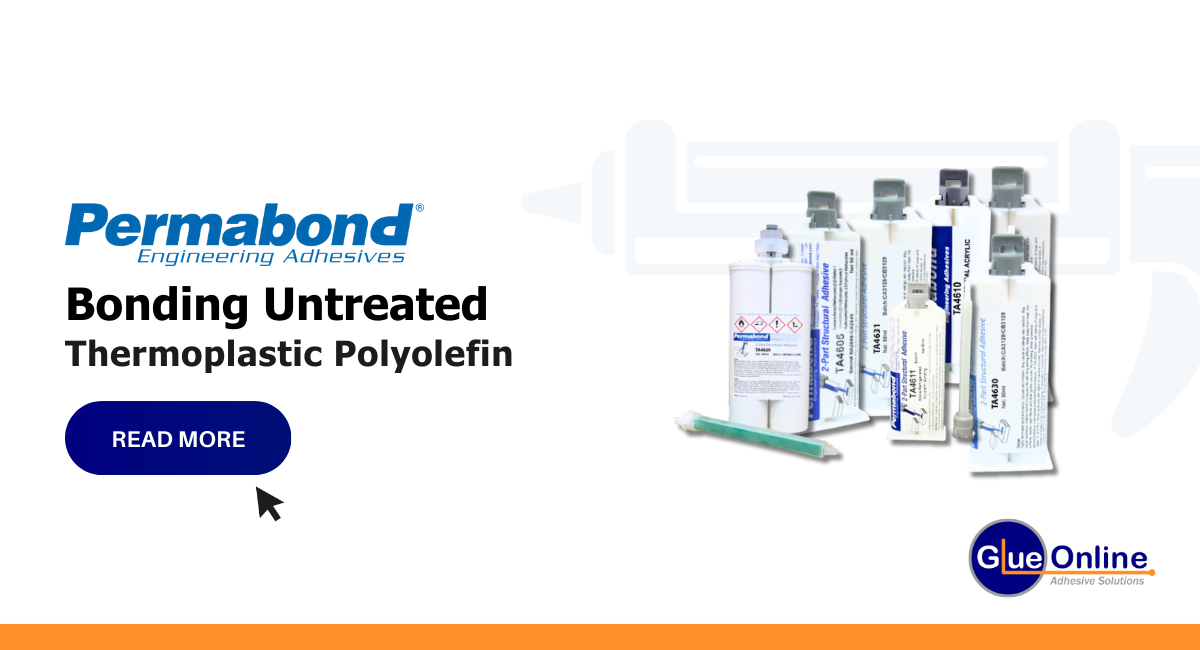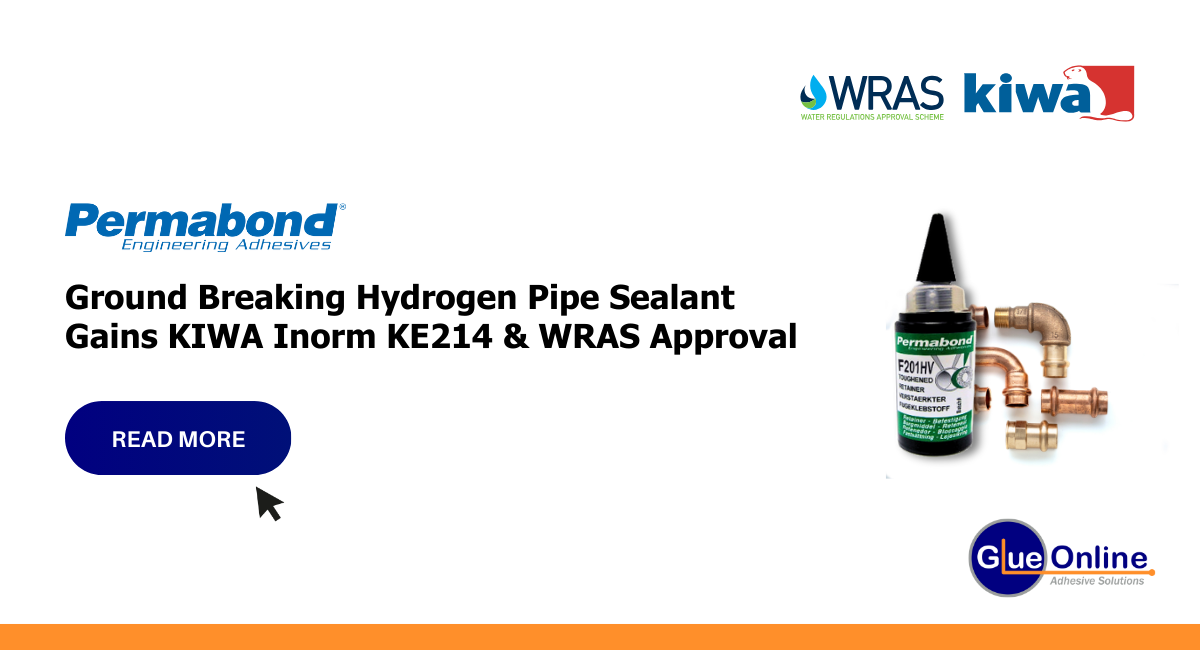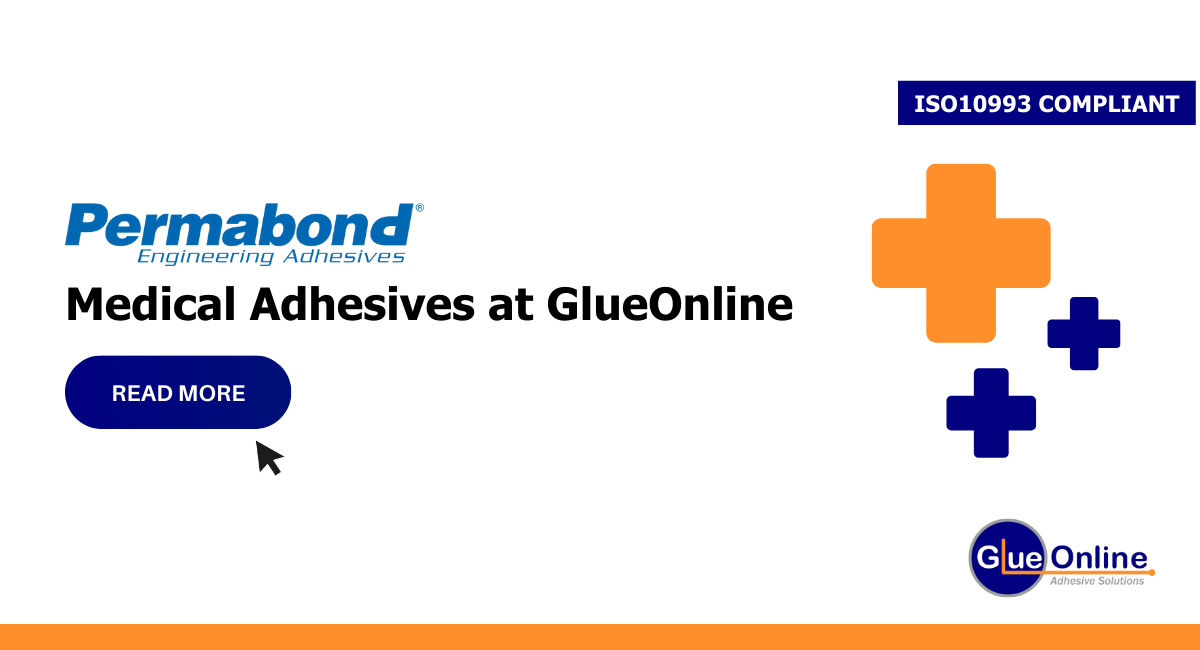Take the Heat Off With Permabond’s New Thermally Conductive MS Polymer
- GlueOnline
- Permabond at GlueOnline
- 4 Sep 2023
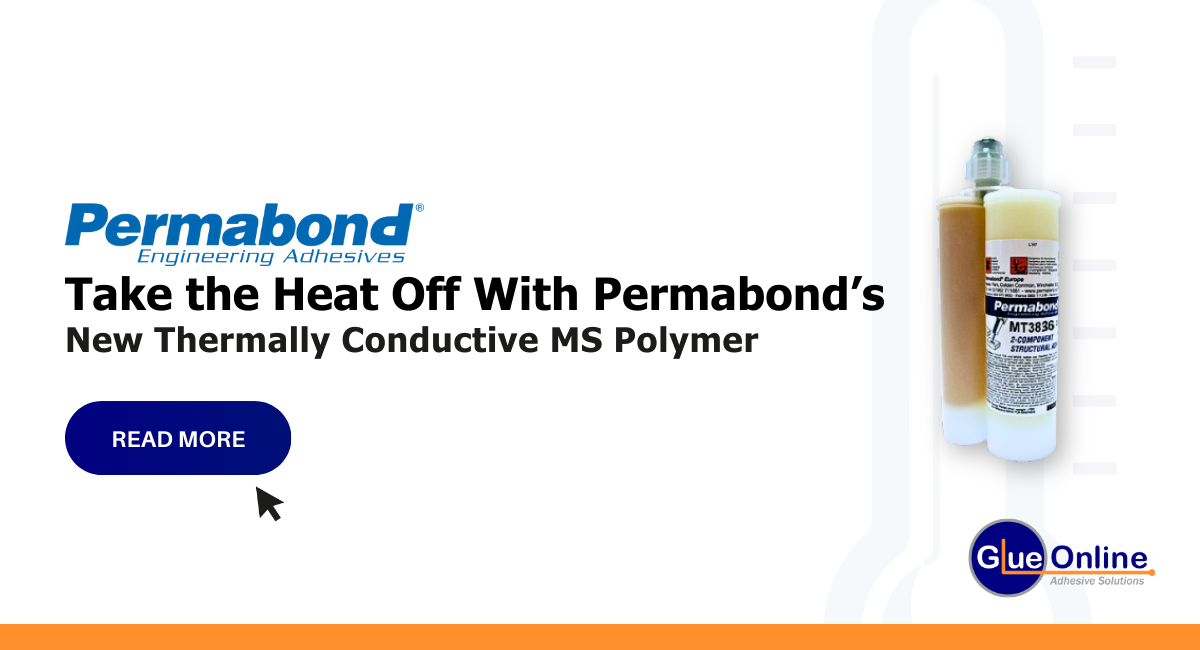
Take the Heat Off With Permabond’s New Thermally Conductive MS Polymer
When it comes to thermal management applications, elastomer adhesives can offer several benefits which can’t be found in other chemistries.
Thermal conductivity: Thermally conductive elastomer adhesives have inherently high thermal conductivity, typically ranging from 0.5 W/m·K to 5 W/m·K or even higher. This means they can efficiently transfer heat away from heat-generating components or devices, helping to dissipate thermal energy and reduce the risk of overheating.
Stress relief and flexibility: Elastomer adhesives provide excellent stress relief and compliance due to their rubber-like properties. They can accommodate differential thermal expansion between bonded substrates, minimising the risk of thermal stress-induced failures. The flexibility of the elastomer adhesive also allows it to conform to uneven surfaces, ensuring good contact and maximising heat transfer.
Vibration and shock absorption: Elastomer adhesives possess inherent damping properties, which means they can absorb and dissipate vibrations and shocks. This is particularly beneficial in applications where mechanical stability is essential, as it helps to reduce the risk of component failure caused by excessive vibrations or shocks.
Electrical isolation: Unlike other types of adhesives, thermally conductive elastomer adhesives offer electrical isolation. This feature is crucial in applications where electrical insulation is required to prevent short circuits or electrical interference between bonded components.
Introducing Permabond MT3836® – flexible, fire retardant and thermally conductive adhesive
This two-component hybrid system cures fully at room temperature to form a flexible, thermally conductive material capable of bonding a wide variety of different substrate materials. It’s thermally conductive filler actively helps conduct heat away from components and is suitable for use with electronics; so ideal for bonding heat sinks and is a popular choice for bonding electric vehicle battery modules.
Not only does MT3836 help with thermal management, but it’s also fire retardant to UL94 V-0. Being flexible and compressible, helps minimise stress on sensitive components, especially if differential thermal expansion and contraction forces impact joints. The cured material helps absorb impact and vibration forces and is non-conductive for electricity.
Permabond® MT3836 could also be considered for bonding building cladding materials, providing a fire-retardant layer between cladding panels and profile sections. Its peel, impact, and vibration resistance help the panel flex and maintain position in high winds. The cured adhesive is intumescent. When exposed to fire, it swells to help seal and protect the material underneath.
This material bonds a wide variety of substrates, including steel and aluminium. Its flexibility makes it more suitable than rigid epoxies for bonding Zintec surfaces (with the spangly-effect surface, often seen for air conditioning ducting etc).
MT3836 is better at bonding difficult surfaces compared to standard epoxy adhesives. Its flexibility and impact resistance make the adhesive much less likely to fracture off. Permabond MT3836 is suitable for use on a wide variety of composite materials such as GRP, FRP, Carbon fibre, laminate, phenolic materials, plastics, and plastic blends.
Benefits of Permabond® MT3836
- Two component – available in 400ml dual cartridges for easy dispensing via a mixing nozzle
- Cures fully at room temperature (handling time 2-3 hours)
- High viscosity – gap filling to 5mm
- Thermally conductive >1 W/(m.K)
- Fire retardant to UL94 V-0
- Elongation >100%, Shore A hardness 60
Download Thermally Conductive Adhesives Flyer:
Shop Online

